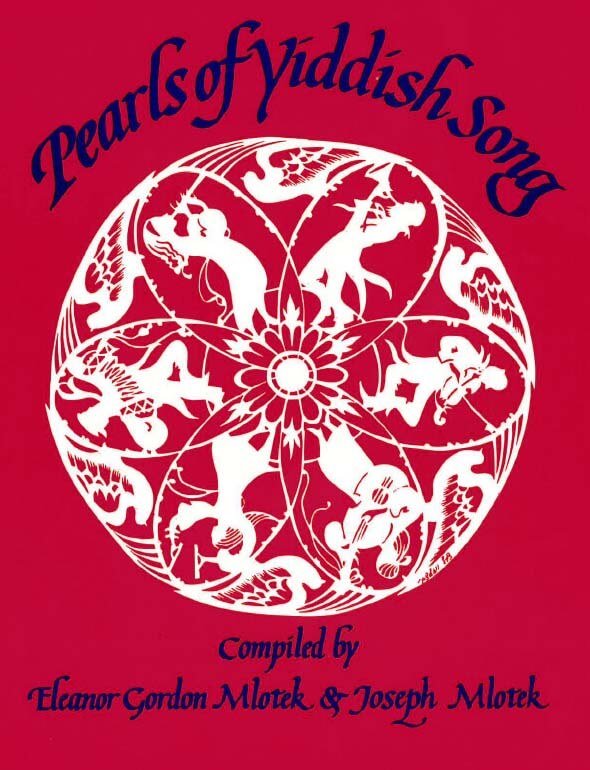Words by the Yiddish poet Moyshe Leib Halpern (1886-1932); music by Ben Yomen (1901-1970). The music has never been published before. The composer taped the song for the compilers, who transcribed it for this anthology.

Who can understand the beauty of an ocean?
Who can see the sparkle of your eyes
and not have his heart burst with happiness,
and not have his heart burst with suffering,
you, my restlessness, you.
Why do I long for you so, oh, tell me?
Not a night or a day goes by,
without my thinking of you, without my dreaming of you
of you, of you, my life, my heart,
you, my restlessness, you.
Ver ken di sheynkeyt fun a yam farshteyn?
Ver ken di shayn fun dayne oygn zen?
Un nit tserisn ven zol zayn harts far freyd ,
Un nit tserisn vern zol zayn harts far leyd —
Du, umru mayne, du.
Far vos benk ikh azoy nokh dir, o zog,
Es geyt dokh nit avek a nakht, a tog,
Un nor ikh trakht fun dir, un nor ikh troym fun dir,
Fun dir, fun dir, du lebn mayns, du harts in mir.
Du, umru mayne, du.
װער קען די שײנקײט פֿון אַ ים פֿאַרשטײן?
װער קען די שײַן פֿון דײַנע אױגן זען?
און ניט צעריסן װערן זאָל זײַן האַרץ פֿאַר פֿרײד,
און ניט צעריסן װערן זאָל זײַן האַרץ פֿאַר לײד —
דו, אומרו מײַנע, דו.
פֿאַר װאָס בענק איך אַזױ נאָך דיר, אָ זאָג,
עס גײט דאָך ניט אַװעק אַ נאַכט, אַ טאָג,
און נאָר איך טראַכט פֿון דיר, און נאָר איך טרױם
פֿון דיר, פֿון דיר, דו לעבן מײַנס, דו האַרץ אין מיר.
דו, אומרו מײַנע, דו.
Song Title: Umru Mayne

First published in 1988 as Pearls of Yiddish Song: Favorite Folk, Art and Theatre Songs, this anthology contains 115 songs. Some material had never been published, while others, included in rare song collections or sheet music, were largely inaccessible. The songs presented reflect Jewish life in Eastern Europe and the United States and depict childhood, love, family celebrations, poverty, work and struggle. There are also songs from the Hasidic and Maskilic movements, songs of Zion and of America, as well as songs from the Yiddish theater.
The title of this anthology derives from the weekly two-page feature column “Pearls of Yiddish Poetry,” which the compilers Yosl and Chana Mlotek initiated in 1970 in the Yiddish newspaper Der Forvertz (the Yiddish Daily Forward). Hundreds of readers from around the world — including authors, composers, singers, actors — became co-participants in this collective folk project and recalled melodies, lines, fragments, stanzas and their variants of songs, poems, and plays which they had heard in their youth. At first, readers sent in only written material. Later, they also taped songs on cassettes, many of whose melodies had, until then, never been recorded. They also identified and supplied missing information regarding lyricists, poets, and composers and described the circumstances surrounding the songs’ origins, their dissemination, diffusion and impact.